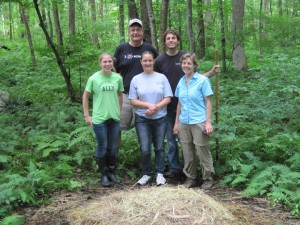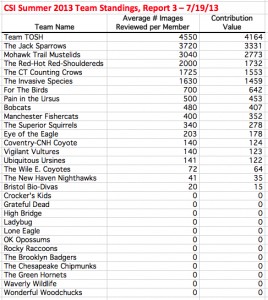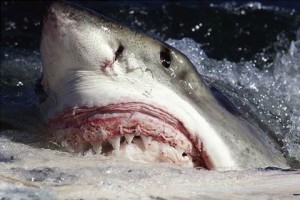
To get us thinking about how to incorporate the citizen science tools from this ecological research into your teaching, here is a recent post (and my response) from CSI–Summer 2013 participant Amy Coan. Please share your thoughts regarding this particular aspect or the CSI program in general as they relate to teaching.
I have a suggestion for something that you might want to add to the Compost Pile main page: a link to a quiz containing extremely challenging (but not impossible) images. My high school students (especially the boys) would LOVE this. It could be similar to the quiz that we first took at the beginning. There should be a score at the end, and maybe a guide with the answers circled within the images. High school kids love to challenge themselves (and each other) and prove how smart they are!
Response
I like your idea! This summer we are hoping to do a revamp of the Quiz Mode, which would tie into creation of what we would call “Practice Mode.” We will improve Quiz Mode by basing it entirely on near-video images. As it stands now, the quiz is based on still images. Thus, you can’t take full advantage of the consecutive image feature, like you do in Research Mode. So we will revamp our pool of quiz images this summer. As you know, once you pass the quiz you can’t tap into again, since your log-in sends you directly to Research Mode at that point. Practice Mode, would allow you to take advantage of the direct feedback of Quiz Mode (as shown in figure accompanying this post), even after passing the quiz. This sounds like what you’re suggesting that your students would enjoy.
We need to think about how to handle the logistics of Practice Mode. Since people like direct feedback, I agree that this would be popular. What we need to do is ensure that Practice Mode would help contributors improve their identification skills, while having some fun, but not compete with Research Mode (what you’re using for your database entries), as we obviously depend on people’s contribution via Research Mode to advance our research program. Perhaps we can limit the number of times per day that a given user can access Practice Mode.
 We are at the halfway point in CSI (last day: 18 August). Here are the latest team standings (as of this morning). Collectively you have completed 43,000 image analyzes since the start, with some very remarkable performances both by teams and individuals. Congratulation on these accomplishments and thank you for this major contribution to the research! With effort like this, you might break the esteemed milestone of 100,000 image categorizations during CSI – Summer 2013.
We are at the halfway point in CSI (last day: 18 August). Here are the latest team standings (as of this morning). Collectively you have completed 43,000 image analyzes since the start, with some very remarkable performances both by teams and individuals. Congratulation on these accomplishments and thank you for this major contribution to the research! With effort like this, you might break the esteemed milestone of 100,000 image categorizations during CSI – Summer 2013.








